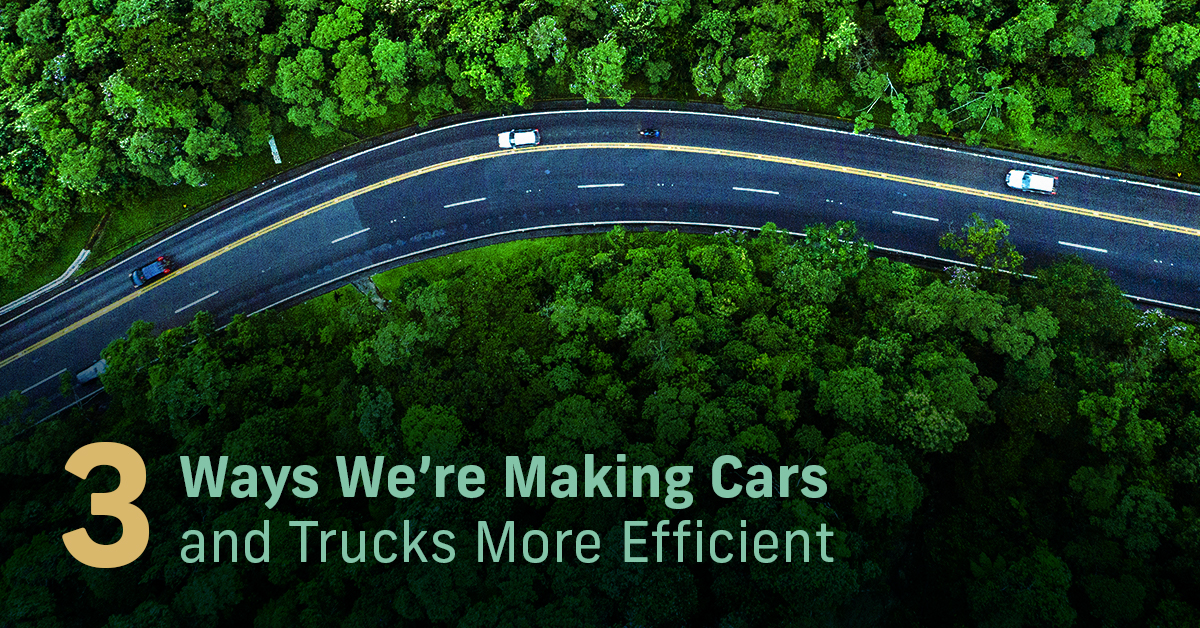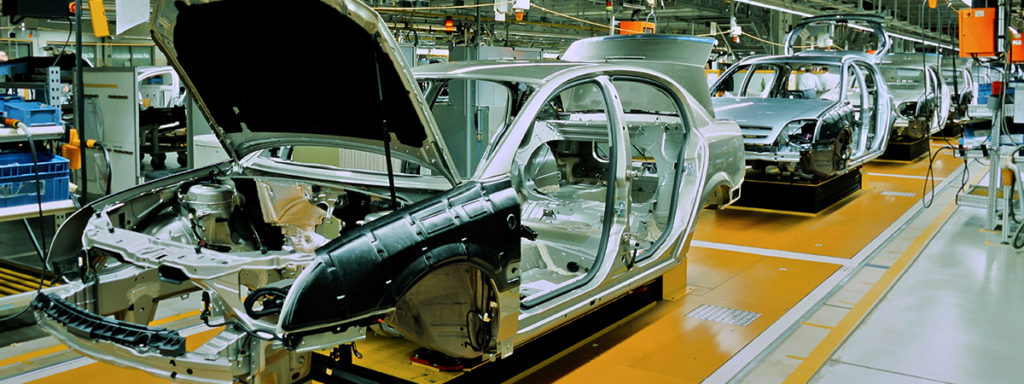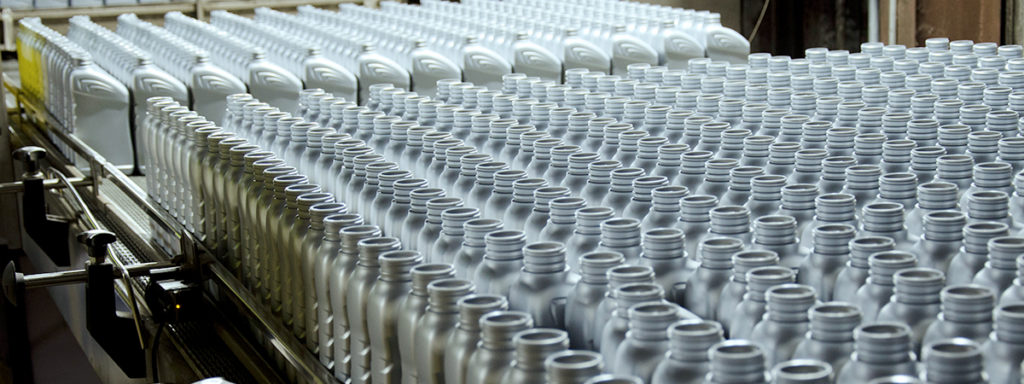Your Questions About Natural Gas, Answered
Natural gas is powering our modern way of life and helping to cut CO2 emissions. Here’s what this energy revolution is all about.
Learn MoreNatural gas is powering our modern way of life and helping to cut CO2 emissions. Here’s what this energy revolution is all about.
Learn MoreCompanies are investing in fuel efficiency initiatives to reduce greenhouse gas emissions

September 24, 2020
Access to transportation is critical to everyday life in the United States — as is the fuel that powers it. Whether it’s a plane moving travelers across states, or a truck transporting raw materials to an industry, Americans lives relies on transportation to keep things running, and the natural gas and oil industry plays an important role in that process.
As the industry continues to support the energy needs of Americans relying on these various modes of transit to move around and access goods, natural gas and oil companies are also looking for ways to improve fuel efficiency — how far a vehicle can travel on a gallon of fuel — in an effort to reduce greenhouse gas emissions.
Here are three initiatives exploring new fuels designed to make cars and garbage trucks more efficient:
1) Making cars lighter

Over the last two decades, ExxonMobil has invested nearly $10 billion in efforts to help customers reduce their greenhouse gas emissions and improve vehicles’ energy efficiency. One particular innovation is their lightweight materials for cars, which improves fuel economy by about 7% for every 10% reduction in the vehicle’s overall weight. ExxonMobil also provides lightweight packaging materials for consumer goods, such as fresh food, further helping decrease transportation-related energy use and greenhouse gas emissions.
2) Improving MPG

Advances in lubricant technology are vastly improving fuel efficiency in vehicles. Lubricants are used to decrease engine friction, which typically consumes 11.5% of fuel energy. Phillips 66 is the third-largest supplier of finished lubricants in the U.S. Phillips 66’s new line of heavy-duty engine oils, launched in 2019, has proven to improve vehicles’ miles per gallon measurement by 2-3%. The company’s relationships with vehicle manufacturers have played a part in their position today as leading innovators in this space, as they work to improve fuel efficiency across fleets.
3) Recycling gas

A 2018 partnership between Chevron and Waste Management (WM) is making the most out of it gas — they’re using the gas emitted by its cargo — trash — to power the trucks. At Waste Management’s landfill gas-to-energy facilities, methane produced by decomposing garbage is captured for use as fuel. Chevron purchases the gas produced by WM and, in turn, ensures supply to WM’s trucks. Today, renewable natural gas produced from landfills fuels more than 33% of the WM’s natural gas trucks.
“Chevron is a legacy supporter of our renewable natural gas program and recently increased that support by partnering with WM Renewable Energy to purchase the RNG produced at our American landfills,” said Randy Beck, senior director of renewable energy at WM. “This move furthers our commitment to each other, but more importantly, our commitment to sustainability initiatives.”
What is the single biggest reason for the reduction of carbon dioxide emissions in the United States?
Correct! The U.S. Energy Information Administration reported that from 2005-2019, 65% of the decline in CO2 emissions in the electric power sector was attributable to switching from coal-fired to natural gas-fired electricity generation. Learn more about the power of natural gas.
Good try! The U.S. Energy Information Administration reported that from 2005-2019, 65% of the decline in CO2 emissions in the electric power sector was attributable to the switching from coal-fired to natural gas-fired electricity generation. Learn more.
More From API
Read on for in-depth articles about how we’re securing America’s energy future, our efforts to combat climate change, and more.
New innovations make it possible to produce more energy with fewer emissions Combatting emissions of methane, a potent greenhouse gas, […]
Learn MoreBetween now and 2050, according to the Energy Information Administration, the American demand for electricity will increase 1% each year. To […]
Learn MoreWe’re taking five key steps to reduce greenhouse gas emissions
Learn MoreWe use cookies to offer you a better browsing experience, analyze site traffic, personalize content, and serve targeted advertisements. If you continue to use this site, you consent to the use of cookies. Read more about our Privacy Policy and Terms and Conditions.
accept